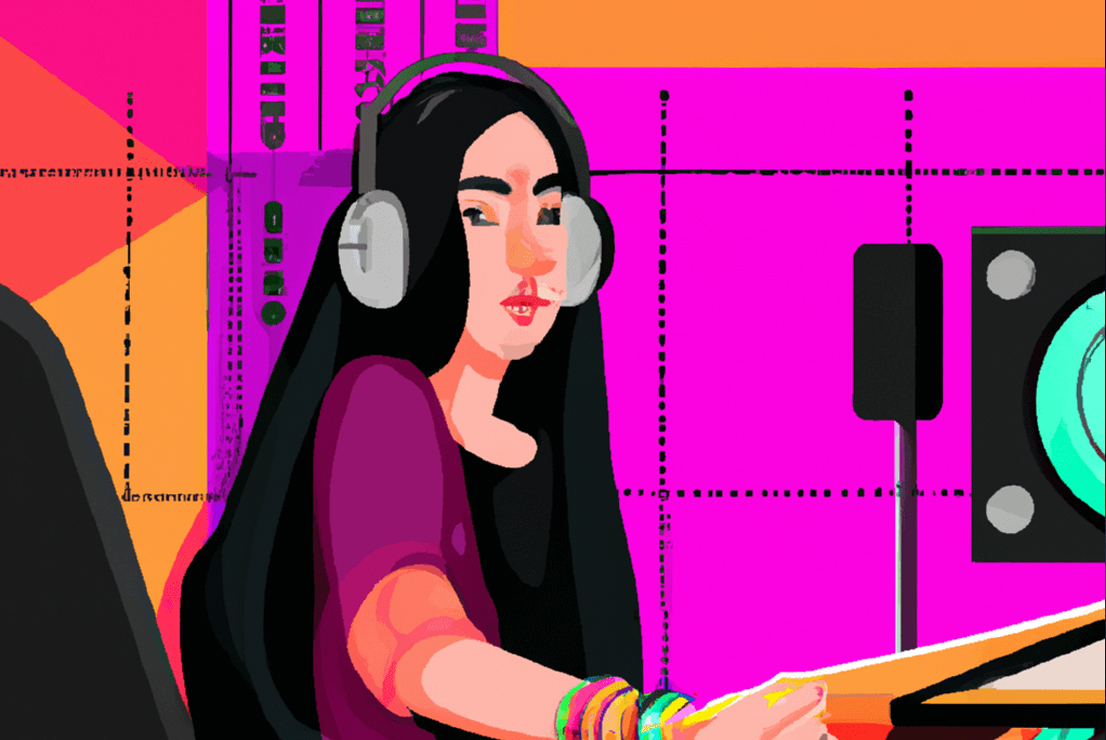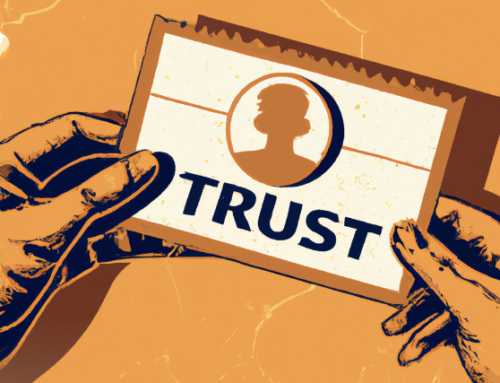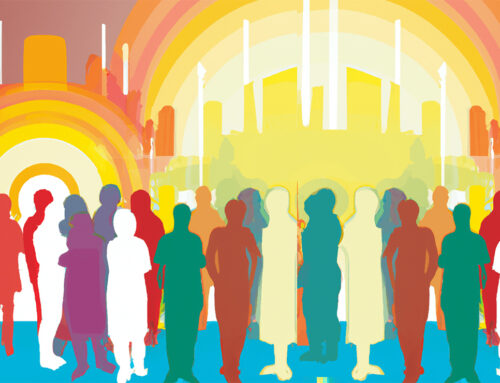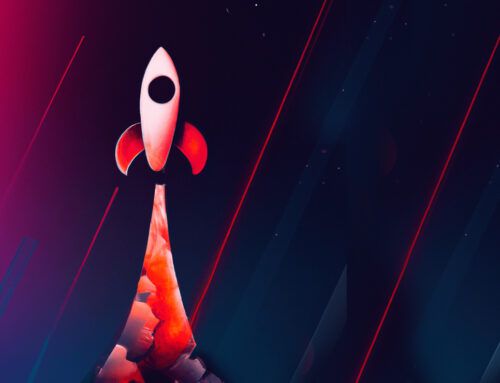By Bekkah Frisch, Marketing Executive
In recent years, non-fungible tokens (NFTs) have taken the world by storm. These digital assets, which are unique and cannot be replicated, have been used to sell everything from digital artwork to tweets. However, the music industry has also started to explore the potential of NFTs. Let’s explore how music studios and artists alike can use NFTs for special editions of songs and other ways to innovate using Web3 in the music industry. These innovations have the power to disrupt an industry whose creators have been particularly hurt by Web2-based models like streaming services and digital media as opposed to physical media like CDs or records.
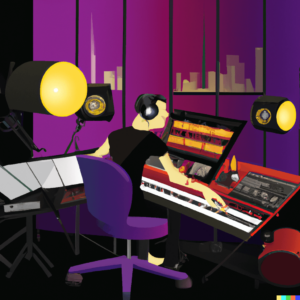
The Beginnings of Web3 in the Music Industry
In the early days of Web3 in the music industry, the tech was subject to the same trend of hyper-speculation as was seen in other Web3 projects. In 2021, The Weeknd saw over $2.2 million in NFT sales, including an NFT of an unreleased song which sold for $490,000. The artist donated $1 million in food aid to Ethiopia from the proceeds of the sale—an established PR tactic for strong-selling Web3 projects in the music industry and beyond.
However, musicians and music studios alike had hoped to use Web3 to connect more closely with fans. The high prices of early Web3 projects in the music industry only served to further remove everyday fans from their favorite artists. More recent projects have instead focused on providing an exclusive experience at a low price point, such as Gala Music’s recent series with David Bowie’s unreleased version of “Let’s Dance.”
The technology created unique opportunities for musicians who were suffering from the low royalties provided by Web2 streaming services like Spotify or Pandora. Between the difficulties posed by streaming services and the loss of revenue from CD and record sales, musicians are often faced with needing to go on extensive concert tours and sell loads of physical merchandise to support themselves.
As Web3 has evolved, the applications of Web3 in the music industry have also evolved. Let’s take a look at where the industry is today.
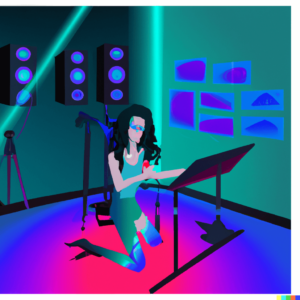
Current Web3 Projects
Gala Music is a Web3 music production and publishing company that recently launched a limited pay-what-you-wish series. This series offers NFT holders the chance to own a piece of history and listen to a never-before-heard version of “Let’s Dance” by David Bowie. The NFTs are being sold on the OpenSea marketplace and are limited to 888 editions. The NFTs not only grant access to the exclusive version of the song but also provide owners with a certificate of authenticity, making them the sole owners of a unique piece of music history.
The studio also offers fans other ways to support their favorite artists through unique gamification. Users can earn and redeem tokens by active engagement of various types. These tokens can then be used to support their favorite artists. By providing new, direct sources of revenue for artists that aren’t subject to cuts from intermediaries, the studio disrupts centralized music industry standards to give musicians more control over their funding and, by extension, their creative work. The project also gives fans more ownership over the success of their favorite artists, even if they aren’t able to travel for concerts or participate in traditional VIP experiences.
Another recent example of innovation powered by Web3 in the music industry is that of famed DJ Paul Oakenfold. He explored the potential of the metaverse with his Perfectoverse show, which took place in December 2022. The 72-minute concert film included various immersive experiences and the tickets—sold exclusively in a single price tier of $9.95—could be used for 48 hours after redemption.
By shifting the focus from NFTs as expensive collectibles to NFTs as an engagement vehicle, Web3 in the music industry can help power unique connections between artists and their fan base that offer suitable revenue sources for musicians.
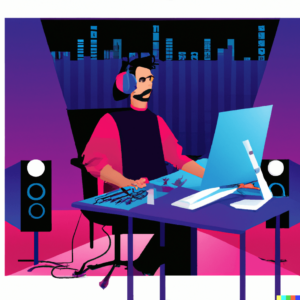
The Potential of Web3 Music Projects
So, how can music studios use NFTs for special projects that power revenue and engagement for artists? The possibilities are endless, as the industry is still in its nascent stages. For example, a music studio could create an NFT that grants access to a special edition of a popular song that includes never-before-heard recordings, remixes, or commentary from the artist. The NFT could also include exclusive artwork, backstage footage, or other exclusive content related to the song.
Additionally, music studios could use NFTs to offer exclusive access to live performances, backstage passes, or even private concerts. Imagine owning an NFT that grants you access to a private performance by your favorite artist, or an NFT that grants you VIP access to a music festival.
The use of NFTs in the music industry offers several benefits. Firstly, it provides an additional revenue stream for artists and music studios. By creating limited-edition NFTs, music studios can offer fans exclusive content that they cannot get anywhere else, making them willing to pay a premium for it.
Digital collectibles also provide a way to connect with fans in a more personal way. By offering exclusive content and experiences through NFTs, music studios can create a more intimate relationship with fans, which can lead to increased loyalty and engagement. This is an incredibly important area that Gala Music is currently exploring with their engagement rewards for fans.
Another potential source of Web3-based connection between fans and artists is gamification tokens. Tokens that unlock features or access to bonuses in a game offer strong engagement while rewarding users for particular achievements, like being the first user to complete a specific quest or for speedrunning the level.
Additionally, NFTs provide a new way to combat piracy. Since NFTs are unique and cannot be replicated, they provide an added layer of security that can protect the intellectual property of artists and music studios. When combined with gamification features, this aspect could provide strong sales on the secondary market. For example, if a game feature can only be unlocked via tokens with traits of varying rates of rarity, gamers who hunt trophies may be willing to either pay directly to unlock the features or purchase the related NFT on a secondary marketplace. These games could then feed a new path of revenue for musicians—perhaps even offering insights into what their audience likes about their music and giving input on the direction of the artist’s next efforts.
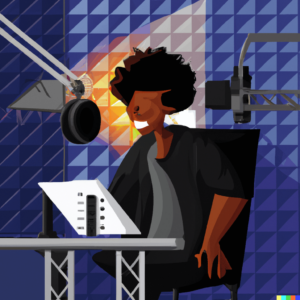
Parting Thoughts on Web3 in the Music Industry
For studios looking to cultivate unique opportunities for artists and fans, then, NFTs offer a multitude of new and exciting experiences that could potentially strengthen the relationship between musicians and their fans. Blockchain-based projects can also be created directly by the artist and create sources of revenue that are independent of centralized industry players.
This decentralization would support the creation of a more equitable, diverse industry that is truly powered by what fans value, as opposed to keeping value and decisions centralized to a handful of powerful music industry executives. The move from speculative, expensive digital collectibles to projects with mass market appeal can also be used to democratize participation for die-hard fans who may not be able to regularly participate in concerts, private VIP events, or other similar experiences.
Potential areas of Web3 adoption in the music industry include providing access to special editions of songs, offering exclusive content and experiences to fans, and using tokens with elements of gamification. By using NFTs, music studios can create a new revenue stream, combat piracy, connect with fans in a more personal way, and contribute to a more decentralized and equitable industry. Gala Music’s limited pay-what-you-wish series is just one example of how NFTs can be used in the music industry, and we can expect to see more creative uses of NFTs in the future.

